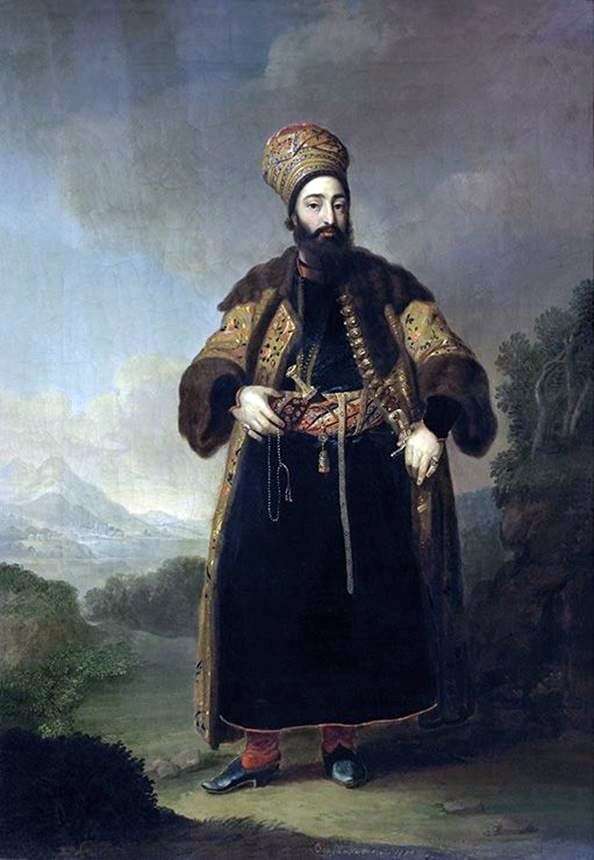
Before us is the disgraced Murtaza-Kuli-Khan, about whom Catherine II wrote in one of her letters: “For about a month, we have been visited by the Persian prince Murtaza-Kuli-Khan, deprived by his brother Aga Mohammed of possessions and escaped to Russia.
This man is good-natured and discreet. He asked to inspect the Hermitage and was there today for the fourth time; he spent there three or four times in a row, considering everything that is there, and looks at everything as a real connoisseur, everything that is most beautiful in any kind, hits him and nothing escapes his attention. “Perhaps, Catherine was able to see in the Persian guest more than Borovikovsky, but their situation was unequal.
Empress Murtaza-Kuli-khan tried to arrange in his favor, and the artist was posed by an alien and incomprehensible person, the eastern ruler, who was accustomed to concealing his feelings. And yet Borovikovsky noticed an expression of sadness and satiety on his clever and delicate face.
But the painter first of all was fascinated by the exotic character of the Persian prince – his pale face and black beard, his well-groomed hands with pink nails, majestic pose and, at last, a luxurious robe with a bizarre combination of satin, brocade, morocco, fur and jewelry. The beauty and elegance of the color range, the solemnity and monumentality of the composition make the portrait of Murtaza-Kuli-Khan one of the best examples of the ceremonial portrait in Russian art.
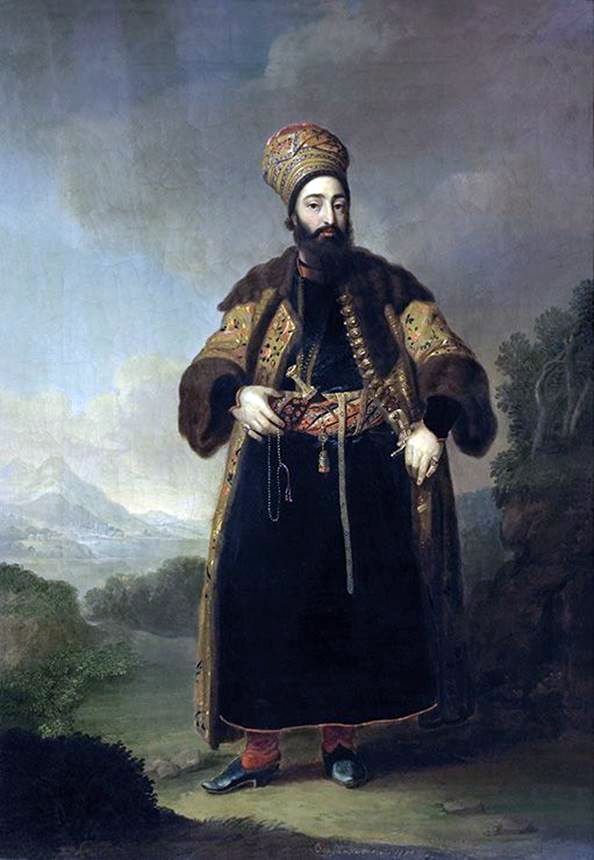 Portrait de Murtaza-Kuli-Khan – Vladimir Borovikovsky
Portrait de Murtaza-Kuli-Khan – Vladimir Borovikovsky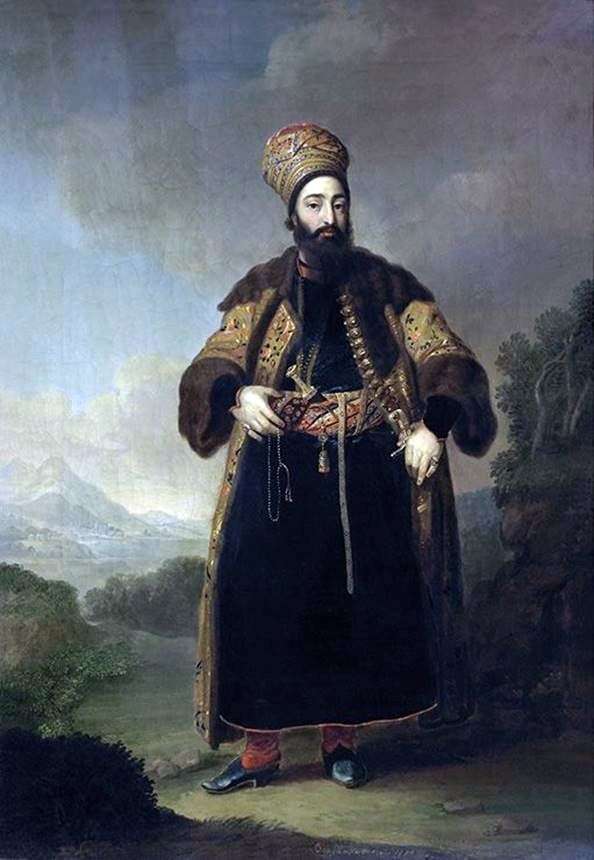 Retrato de Murtazy-Kuli-Khan – Vladimir Borovikovsky
Retrato de Murtazy-Kuli-Khan – Vladimir Borovikovsky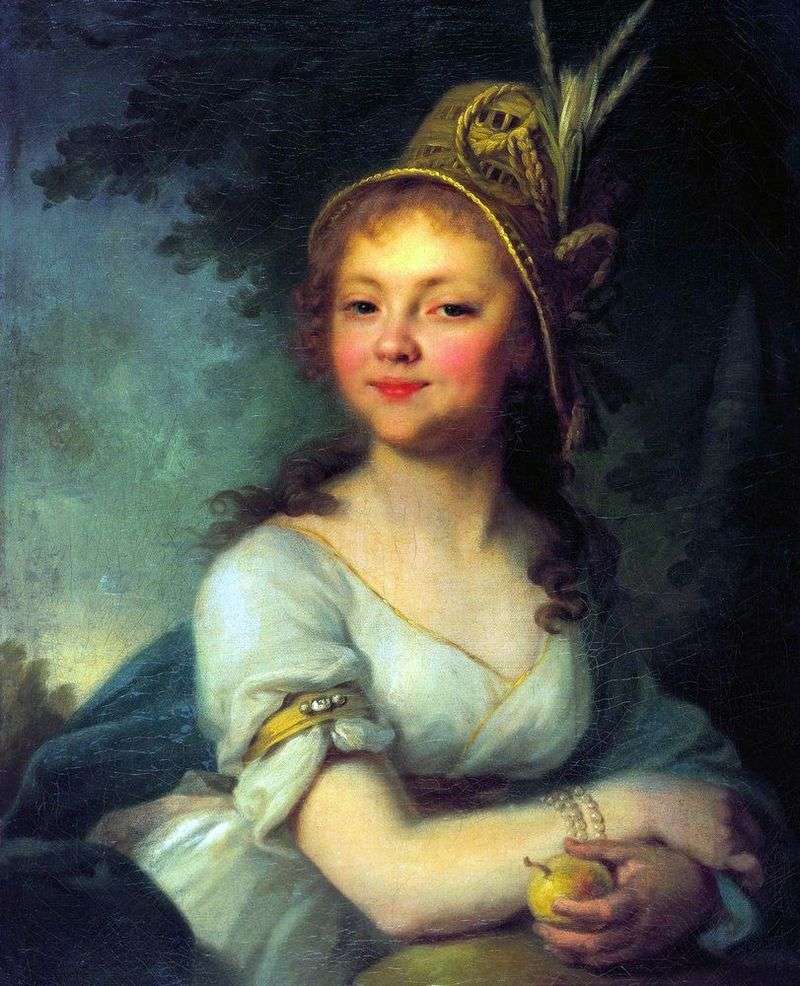 Portrait of E. N. Arsenieva by Vladimir Borovikovsky
Portrait of E. N. Arsenieva by Vladimir Borovikovsky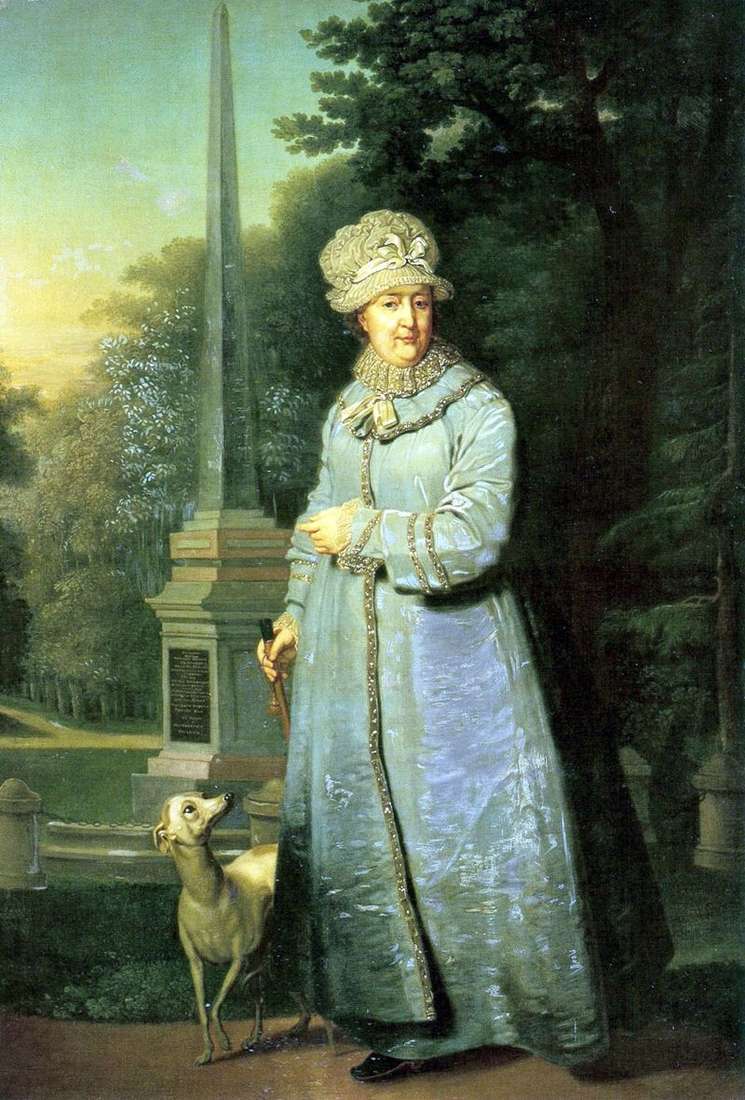 Catherine II in the Tsar’s Park by Vladimir Borovikovsky
Catherine II in the Tsar’s Park by Vladimir Borovikovsky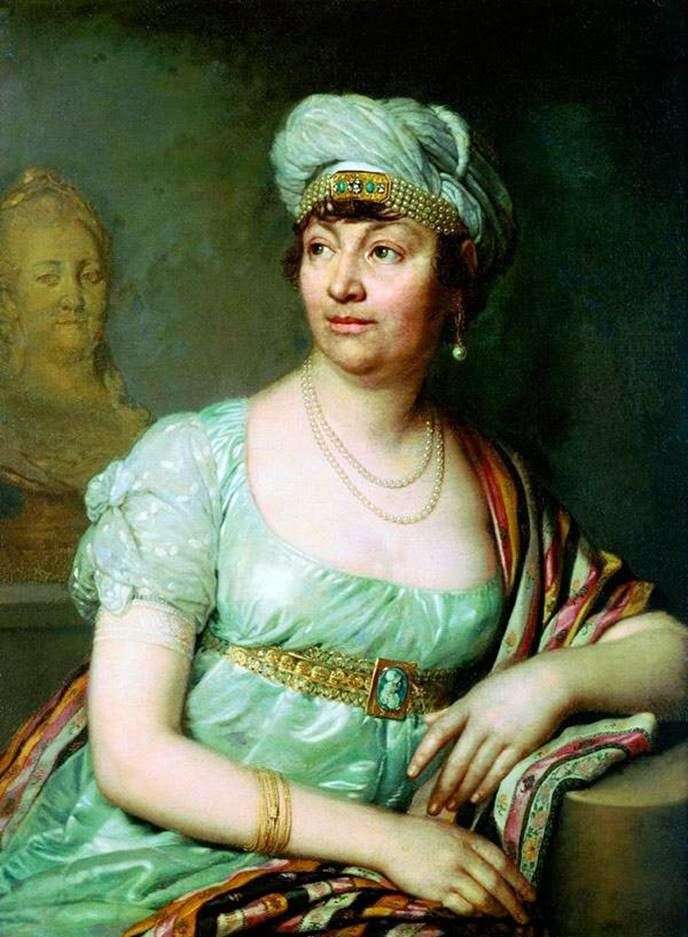 Portrait of Louise Germain de Stael by Vladimir Borovikovsky
Portrait of Louise Germain de Stael by Vladimir Borovikovsky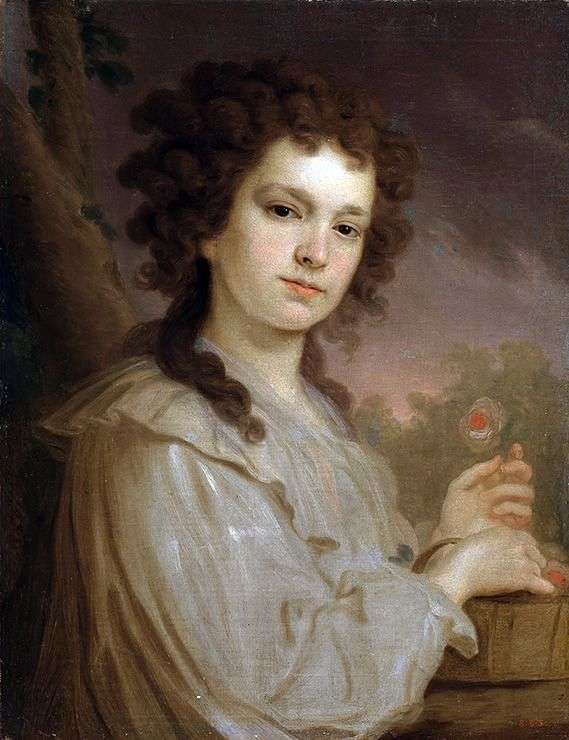 Portrait of OK Filippova by Vladimir Borovikovsky
Portrait of OK Filippova by Vladimir Borovikovsky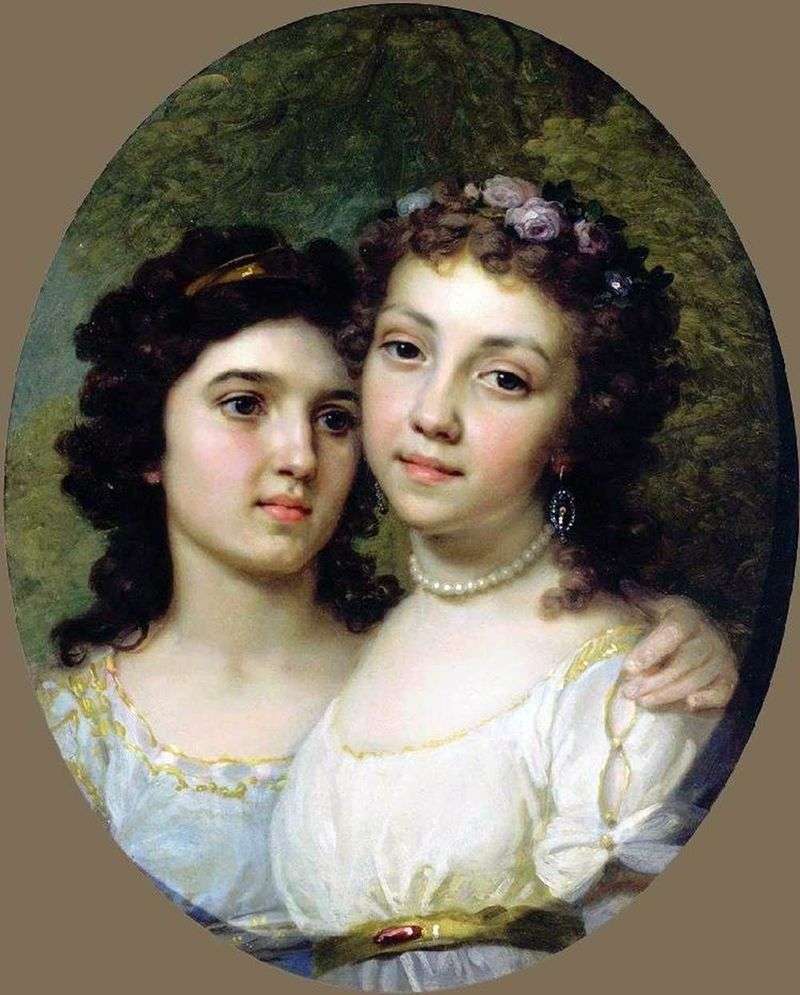 Lizanka and Dashenka by Vladimir Borovikovsky
Lizanka and Dashenka by Vladimir Borovikovsky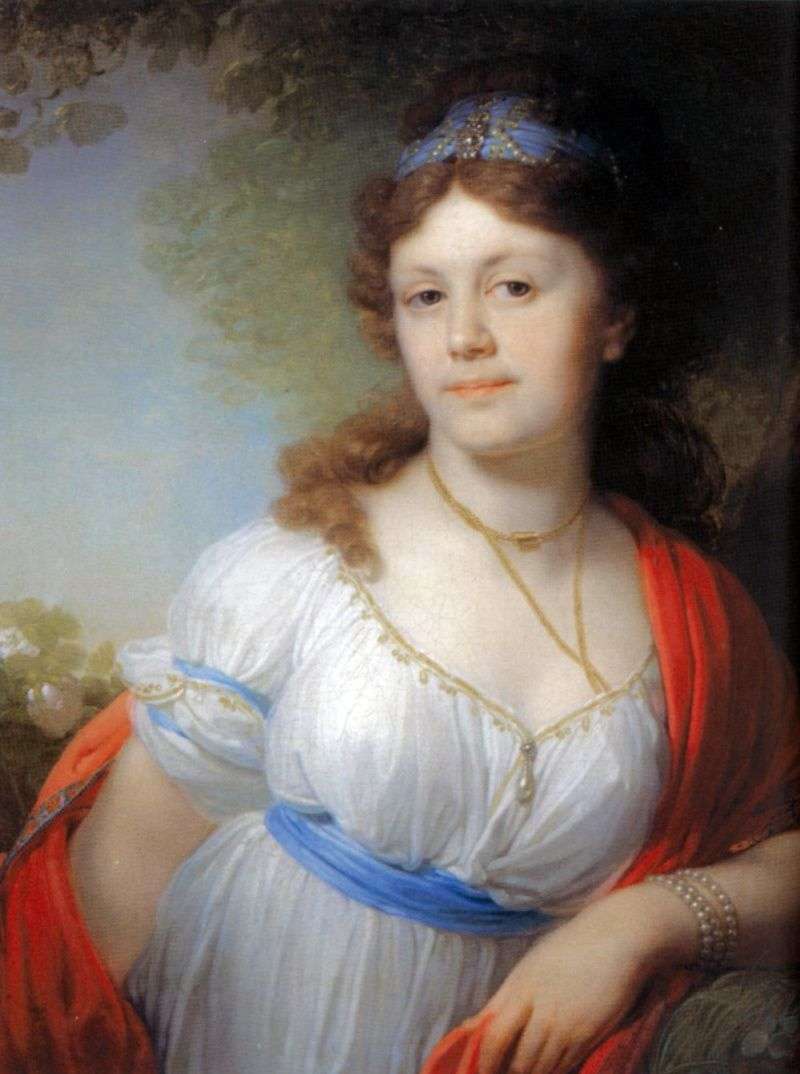 Portrait of Elizabeth Grigoryevna Temkina by Vladimir Borovikovsky
Portrait of Elizabeth Grigoryevna Temkina by Vladimir Borovikovsky